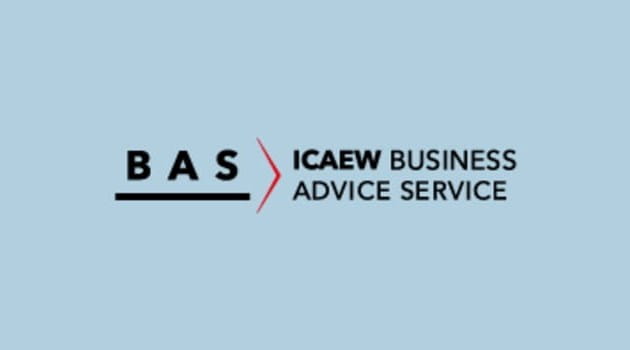For banks, the pressure is on to ensure that environmental stewardship is an everyday component of their business models.
That urgency was highlighted late last year in a report from Accenture, published in December, which examined the extent to which banking has enfolded Task Force on Climate-related Financial Disclosures (TCFD) practices into its operations.
In its foreword, Global Association of Risk Professionals President Jo Paisley provided a rationale for why it is vital for the industry to do so. In her view, clear and consistent climate disclosures are an invaluable tool for banks to develop and frame their response to climate change, “as well as demonstrating to stakeholders and the broader economy that they fully understand, and are taking account of, climate change in business decisions”.
Financed emissions
Jon Bramwell, Director, Debt Advisory, at Grant Thornton and a sustainability specialist, amplifies that point. “Driven by pressure from regulators, shareholders, investors and limited partners, many banks have ambitious plans to reduce the amount of carbon they fund by as soon as 2030. Lloyds and Natwest, for example, plan to halve their carbon funding by that deadline.”
Therefore, the environmental, social and governance (ESG) status of their borrowers is a major factor in whether those banks will be able to achieve that goal.
Bramwell points out that under proposals from the International Sustainability Standards Board, banks will be required to disclose their Scope three (indirect) emissions, including ‘financed emissions’ – those produced by their borrowers. “Lenders are likely to require emissions reporting from their borrowers so they can be confident of hitting their own Scope three targets,” he says.
From a business standpoint, Bramwell stresses, any company that wants to survive in the medium to long term must be sustainable. “ESG reporting from borrowers enabling continuous progress monitoring gives banks and independent investors confidence that management are prioritising these topics. Sustainability is increasingly no longer about mere optics or politics – it’s an important factor in maintaining access to liquidity.”
Climate for SMEs
Climate change is affecting businesses of all sizes. ICAEW is aiming to cut through the noise by providing tools and resources for small to medium sized businesses to build resilient business models and get to grips with ESG.

Mutual benefit
From his conversations with lenders, borrowers and their respective counsels, it’s clear that they’re all in this together and working collectively, says EY Partner, Corporate Finance and Debt Advisory, Christopher Lowe. “They are taking a collaborative approach to quite a rapidly evolving field, to ensure actions are robust, authentic and consistent.”
So far this year, Lowe has worked on two transactions with ESG elements, one in food production and the other in car recycling. “The measures across the E, S and G categories were so different,” he says. “Hopefully, the more transactions of this type we see, the more transparency and consistency we will have around how lenders and borrowers are implementing TCFD for mutual benefit. That will provide greater sophistication and growth in the steps they undertake to meet targets.”
According to Grant Thornton research from the past year, 57% of lenders had developed an ESG-based lending strategy for mid-market companies and 93% expected ESG lending at that level to increase. “Importantly, 85% of mid-market lenders said that a firm’s ESG status – evidenced by its reporting – influences their credit risk assessment,” says Bramwell. “In time, it’s possible that lenders will restrict access to cost-effective capital for borrowers who do not match up to their own sustainability objectives.”
Bramwell points out that sustainability-linked loans (SLLs) are becoming integral to lenders’ emerging strategies. Grant Thornton expects their popularity to grow in the mid-market.
“An SLL can enable a borrower to demonstrate ESG commitments to its lender – and vice versa – by tying their sustainability goals to the funding via inbuilt metrics and KPIs,” he says. “That could also help a company win new work from larger corporate and government-based customers, making ESG a key component of the procurement process.”
Track record
So, what sort of information should prospective borrowers provide banks and other investors? Lowe says that all applications for funding are typically supported by a 50-page lender presentation that covers all the expected topics. However, that document should now include an ESG lens as a key part of the index.
“Even if a borrower is not yet ready to link its debt stack to ESG, it’s still an important area to cover in the lender presentation and associated information,” he says. “For firms that are further along, it’s important to note that this is not just about restating an on-paper policy. Setting out actions over the past two or three years makes a more compelling case. If you can show a track record, you can prove board engagement, monitoring and measurement. And that’s a powerful lift for the lender or investor’s confidence in your pitch.”
Most lenders undertake a carbon transition risk assessment once a year, Bramwell points out. “It is a compulsory part of the annual credit review for all major banks. As such, it is the E of ESG that is of fundamental importance when applying for, and maintaining, funding.”
He recommends that borrowers clearly outline their environmental strategy, together with how they measure their performance and progress. “This should include future targets and how these will be achieved. Communicating your environmental strategy is becoming as important as outlining your corporate strategy was in the past.”
More support for SMEs on ESG
Energy efficiency for business
The Department for Energy Security and Net Zero has launched a campaign to support business in improving their energy efficiency, including: no-cost and low-cost options, as well as potential longer term investments.




